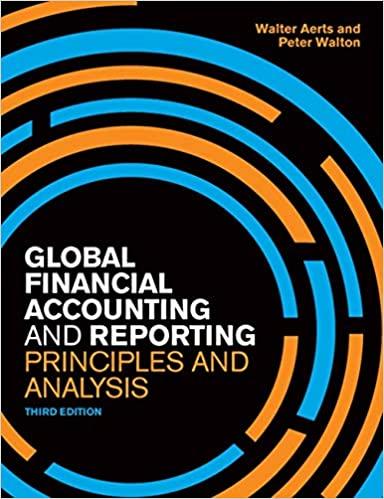Question
RESPOND TO BOTH STUDENT'S POSTS WITH MINIMUM OF 150 WORDS*** Prompt: Read the attached article analyze Colleges, Universities and Professional Schools and answer the following
RESPOND TO BOTH STUDENT'S POSTS WITH MINIMUM OF 150 WORDS***
Prompt: Read the attached article analyze Colleges, Universities and Professional Schools and answer the following questions:
Classify the education institutions according to the four different roles the might play: leader, challenger, follower, and nicher. How would you characterize the nature of the competition? Do the firms follow the principles described in this chapter? How would you classify the product of higher education according the product lifecycle's characteristics, objectives, and strategies?
FIRST STUDENT:
I would identify colleges as the Market Leader in postsecondary education because colleges date back as far as 1636. Colleges in the colonies first accepted students and were largely connected with religious organizations. Universities then came along in the early 20th century and challenged colleges because they provided more areas of study, were larger, and were involved with research. Universities started offering degrees that colleges did not, thus they were a competitor to the colleges so I would categorize universities as the Market Challenger. After the emergence of universities, colleges would no longer hold the total market share of the U.S. Higher Education System. I would classify professional schools as a Market Nicher because they were more specialized in teaching practical skills that prepared students for the workforce. Not only do professional schools prepare students to enter a specific field of work, they would also be a Market Challenger because they now provide something other than what colleges and universities do and they reach a different market that takes market share away from colleges and universities.
The nature of the competition would consist of a flank strategy. Universities and professional schools both identified a gap in the market and based their strategy around filling the gaps. Overall, I think the higher education industry follows the basic principles of the chapter. For example, innovating new products, services, experiences, building alliances, expansion, and partnering with governments and NGOs. Just like with an industry, the basic principles are there, they are just tweaked to make them work in that industry. I would classify the higher education system according to the cycle-recycle pattern. As the article identifies, since the emergence of a higher education system, there have been up and downs based on factors such as the economy, emergence of new competitors, resources, etc. I also foresee this pattern continuing into the future as well.
SECOND STUDENT:
Classifying the education institutions:
- Market Leader: Harvard is the market leader. It was the first institution of higher learning and has successfully continued to lead the market among higher education. Following that would be the first colonial schools, and eventually other private universities that were established.
- Market Challenger: Challenging the market are state-funded colleges and universities. Easier acceptance and lower tuition, these colleges and universities made higher education more accessible by more people, challenging the status quo of Harvard and her sister institutions. Additionally, later nontraditional schools like University of Phoenix challenged tradition schools and offered another alternative to traditional schools.
- Market Follower: Due to the Morrill Land Grant Act, what would have been a niche school became a market follower. Following the path of professional schools, they didnt disrupt the market, they simply added to it in the same way as their predecessors. Additionally, normal schools, specialized for teachers, are another follower in the professional school space.
- Market Nicher: Professional schools (technical/polytech) were very specialized for a certain niche. This includes later two-year trade schools and community colleges.
The nature of higher education is extremely competitive. There are around 5,300 colleges and universities in the United States (Selingo, 2015). That means the market is very saturated and there is a lot of noise regarding where to go and what to choose. The market is also saturated with a lot of market followers, meaning that there are plenty of like-for-like options where a student can shop more easily and know theyll be satisfied with the end product regardless. As more market nichers come about, challenging the idea of traditional higher education, institutions have to be more creative in drawing in students, especially those who are budget conscious.
The firms do follow the principles described in our text chapter. While the higher education landscape is continuously in flux, the firms followed suit. For example, in years when there were an overabundance of applications and market leaders and followers were taking less and less percentages of overall applicants, market nichers, such as trade schools, for profit colleges, and technical schools increased their reach and encouraged nontraditional students to join their programs in lieu of the traditional college education.
I would classify the product of higher education as being in a stage of maturity. While the firms may grow, decline, and change strategy quite frequently, the product itself has not, and most likely will not, change significantly over a long period of time. Regardless of which firm is chosen, each person will leave with a degree that will increase their chances of obtaining their desired career.
Step by Step Solution
There are 3 Steps involved in it
Step: 1

Get Instant Access to Expert-Tailored Solutions
See step-by-step solutions with expert insights and AI powered tools for academic success
Step: 2

Step: 3

Ace Your Homework with AI
Get the answers you need in no time with our AI-driven, step-by-step assistance
Get Started


